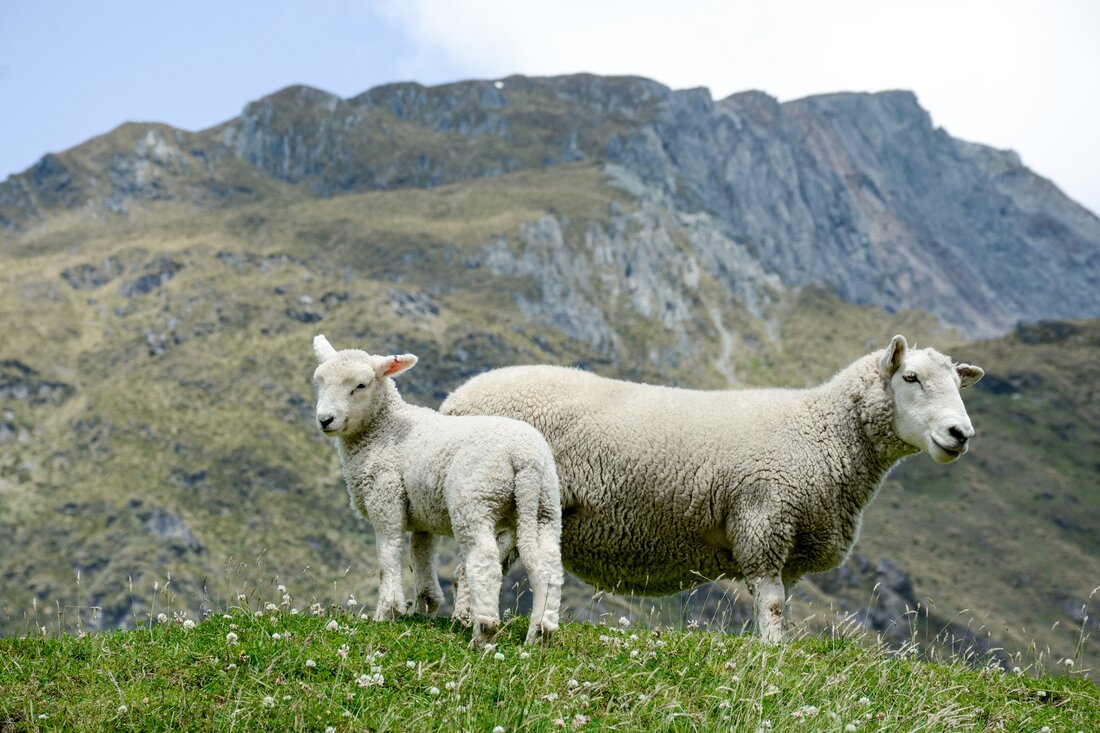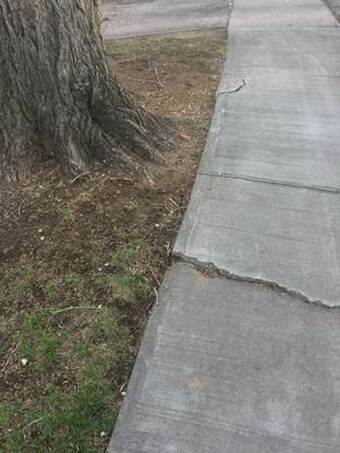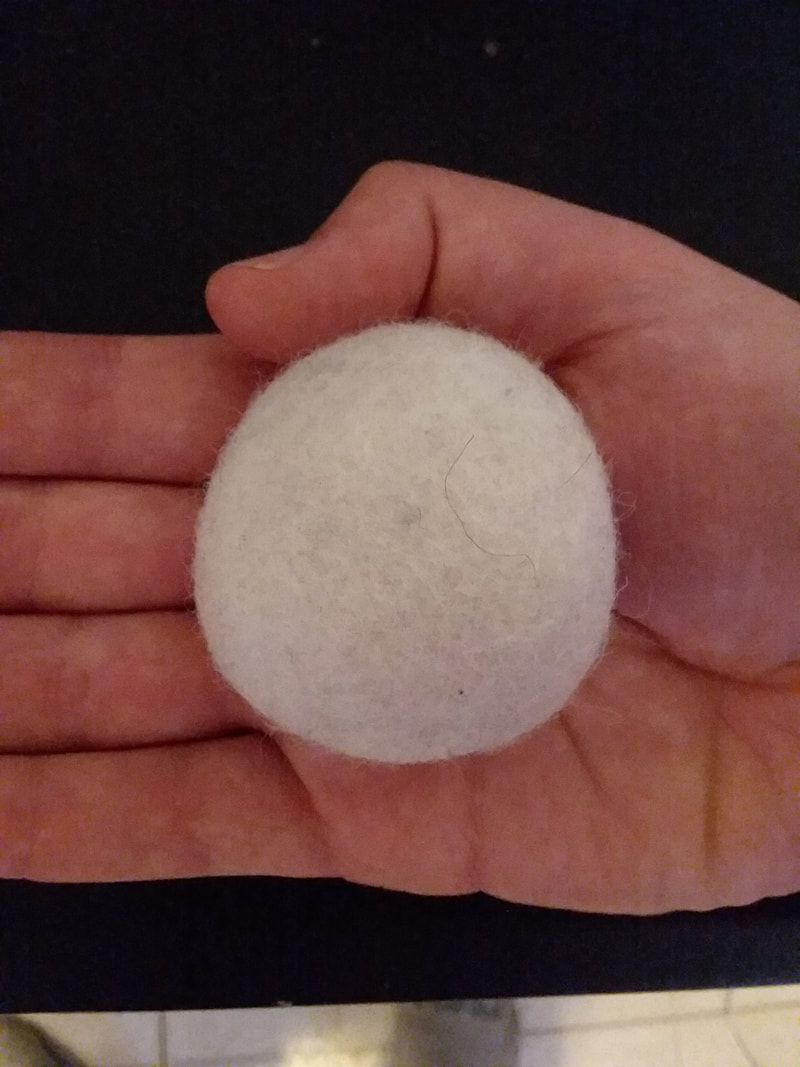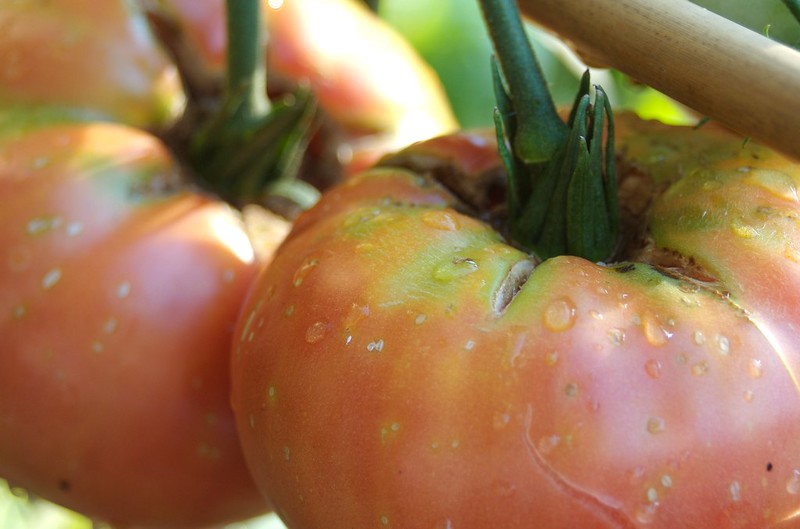 So if you haven’t guessed by now this particular blog post is about wool more specifically the wool dryer balls I have for sale in my store. So just in case, you didn’t already know most wool comes from these guys Photo by Sabrina Wishak from Burst Cute little things aren’t they at least from a distance where you don’t have to smell them. Sheep have been with us for a long time and at first, we didn’t even use them for their wool. Archaeological findings tell us that they were originally kept for their meat, milks, and skins with the wool still attached I’m sure. However, in the relative blink of an eye, just a couple thousand years or so humans did start to breed them solely for their wool. We had discovered that wool just by itself was an incredibly useful material especially as humans began to inhabit colder and colder climates. The uses of wool are far-reaching even in modern society some examples of wool today would include,
Which of course brings us the main attraction of today’s post which is the wool dryer balls we sell at The Sustainable Life Shop. Now if you must use a dryer to dry your clothes or you just want some softness beat back into your towels then you need some wool dryer balls. These little wool balls help out in several ways in making sure your clothes, towels and sheets come out of the dryer better than they went in. Softening clothes There is nothing quite like physical action to literally beat the stiffness out of jeans, towels, and other commonly stiff clothing items. Unlike dryer sheets which use chemicals to soften your clothes the 100% wool fragrance-free balls do it by pummeling your clothes into submission as they go around the dryer drum. They can do this again and again without having to be replaced, unlike those single use dryer sheets. Dry Faster Another thing that these little wonders are good for is separating your clothes out so they dry faster. You have probably noticed that some things like to twist themselves into knots in the dryer leaving you with damp spots and some serious untangling to do. Dryer balls can mitigate this somewhat by creating space. Since your clothes are drying sooner you are also using less electricity/propane which is a win for your clothes the environment and for your wallet. Biodegradable While not necessarily a feature that helps your clothes it does soothe my conscious to know that at the end of their useful life I can just chuck them into my compost bin and add them to the garden. What I don’t like about wool dryer balls. There is really only one thing I don’t like about these fellas and that is they sometimes get caught up in sheets or other large bits of laundry and they come with when you empty the dryer. This is followed quite often by them flying out at some inopportune time and try to make their escape. While this feature is annoying to me it is beloved by the family cat who thinks chasing them down and playing with them is the best thing ever. So at least the cat continues to find amusement in my suffering. In conclusion I like them, The cat likes them, And they are renewable product that is 100% compostable at the end of its life what’s not to like. If you agree head on over to the product page and check them out.
0 Comments
Food…
You are probably thinking about it more than ever these days. With the pandemic sweeping across the globe we have all seen the impact it has had on the food system. From restaurants shutting down to empty grocery store shelves this pandemic has shaken the food system to its core. We have been given a glimpse into the inner workings of a system that usually delivers what we want when we want it without any hiccups. But just because it appears to be this indestructible behemoth of a system that is simply not true. The food system as we understand it is built of two separate supply chains. One chain that feeds into the grocery store system which caters to the home cooking crowd and one chain that feeds into the commercial food space. Commercial food for the purpose of this article includes restaurants, schools, prisons, event centers, and other large venues where lots of food is made. What the pandemic has done is thrown a wrench into the finely tuned food production and delivery system that is modern food. We have what is called a just in time delivery system. In most stores across the country there is roughly a three day supply of food on hand in the stores. This three day supply is based on the average food purchases that occur at that store. I will give you one guess about what happens when say a novel disease makes its world debut and people start to freak out. Suddenly that average consumption rate is useless, and stuff begins to fly off the shelves faster than it can be replenished. The emptiness then triggers more panic buying because omg there might not be enough food. Well that is both right and wrong. We are not going to run out of food in the short term there is plenty to go around. The immediate problem is that it isn’t going around as fast or as efficiently as before. That combined with the surge in demand has led to the current crunch in food supplies in some locations. The potential problem that worries me is the impact that this will have on future food supplies. Right now, we are living off the good times of years past but sooner than we think we will need to replenish that supply. In the normal course of things, spring is the time of year when crops are being planted, livestock is being born and we are laying the groundwork for next year's food. But this pandemic is wreaking havoc on certain parts that system, most notably the vegetable and fruit farms/orchards. These farming systems are still heavily reliant on manual human labor to plant and harvest the food. You can’t pick an apple or harvest lettuce with a machine. This pool of human labor is jeopardy because in many parts of the world these farmworkers are among the most vulnerable to getting this illness. They live and work in close conditions, in many cases have poor sanitation and they must travel to follow the various harvest seasons. You combine this with border closures that stop these workers from even getting to their worksites and you have a long term problem in the making. This problem is simple without the workers ever arriving, things do not get planted. If they do get planted but enough workers get too sick to work or even die, then the produce won’t be harvested in time or at all. This means the real impact on the food system is potentially sometime in the future when there really will be a food shortage of at least certain types of food. So what does this mean for the everyday person like you…. Well it means you should seriously consider trying to grow some food of your own. Every little bit helps and whatever you can do to stabilize your own food supply puts less strain on a system that will continue to be under a lot of strain for a while yet. Stay tuned for a series of posts going over several options for how to maximize your available growing space and what to grow in those spaces that will give you the most bang for your dollar. The basic premise of this Newsweek article is that all growth is not bad for the planet and all the living things on it. I will admit they lay out a good case and the numbers they present do look good. While I do agree with some of the point they make in the article I don't feel like it presents a broad enough picture of the impact we have when we grow as a species.
Still food for thought read the article and tell us what you think. https://www.newsweek.com/how-we-can-have-green-growth-increasing-human-population-prosperity-while-taking-better-care-1486342 So I have a serious question for you.
Have you ever considered riding a bicycle to work? For most of you if you have a car the answer is no why would I bike when I have a car. Well there are lots of good reasons to ride a bike for you daily commute and in this post I will go over my three favorite ones. 
Assuming you are not the most unobservant person that has ever existed you are most likely aware of the trees that surround you every day you live your life. There are trees in the yards, lining the streets, in the parks, and everywhere you look you will most likely see a tree. You have also most likely seen some of the havoc that trees can cause in communities like,
While I do try to stick to the useful articles on this website offering insights on how to do things to improve your lifestyle in a green way every now and then I do veer off into the philosophical. What I want to talk about a bit in this one is Green Living and how it impacts your health and of course the health of the planet. To do this in a somewhat organized way I will try to break out just a couple of topics to take a closer look at or we could be here all day. Tree with their multiple benefits including aesthetics, shading and food production are very important contributors to any green living lifestyle. They can be used in multiple ways to improve or even make possible a truly self-sufficient lifestyle for people across the world. I will go over fairly quickly three different things trees do for you that make your life better, easier and more cost effective.
This time of year is a great time to be purchasing food directly from producers at your local farmers market.
https://www.ams.usda.gov/local-food-directories/farmersmarkets The link above will take you directly to the USDA searchable data base of farmers markets. Enjoy the tasty food. There is a widely held belief that organic food is better for you in many ways when compared to conventionally grown produce. There are three main claims out there that I want to explain in a little bit of detail.
Recent dental troubles have gotten me thinking about what I could have been doing more to help out my teeth and gums over the past few years. The obvious things come to mind first, brushing flossing mouthwash, regular dentist cleanings, etc. But I wanted to find out beyond that what I could have done and be doing from this point on. Since food is my primary focus right now with the spring planting season coming I wanted to know more about what types of food would be good for my teeth.
|
AuthorHello my name is Josh Larson and I am the creator of the Green Living Library. Here on the blog you will find updates to content found in the Green Living Library as well as stories from those living the sustainable life already. Archives
December 2021
Categories
All
|

